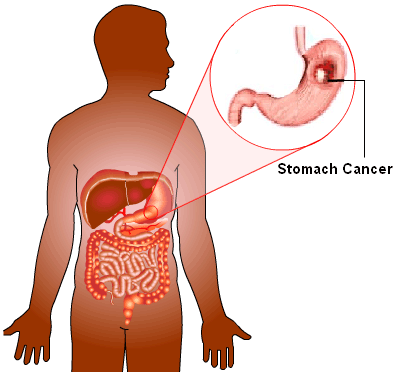
WD is a rare genetic disorder where excessive amounts of copper accumulate in the liver, kidneys, brain, and eyes (cornea). Patients may experience a brown ring (Kayser-Fleischer ring) around the cornea of the eye, various liver diseases, slurred speech, and tremors, with symptoms appearing between the ages of 5 to 35. according to the National Institute of Diabetes and Digestive and Kidney Diseases (NIDDK) approximately one in 40,000 individuals develop WD, which affects men and women equally.
A prompt diagnosis of WD is vital to avoid rapid progression of liver and neurological damage. “Unfortunately, diagnosis of WD is a challenging task, especially in childhood, because conventional criteria established for adults are not always appropriate for children,” explained Raffaele Iorio, M.D., of the University Federico II in Italy and lead author of the study.
In order to evaluate the current standard diagnostic criteria and WD scoring system, the research team collected data on 40 children with WD and 58 children with liver disease other than WD, ranging in age from 1 to 21 years of age. Both groups were symptom-free with the predominant sign of liver disease being elevated aminotransferases (higher levels of enzymes from liver cells that when released into the blood, signify liver disease). Molecular analysis and liver copper content test were also performed to confirm the WD diagnosis.
Results showed the optimal urinary copper diagnostic was 40μg/24h which had a sensitivity of 79% and specificity of 88%. Researchers found no significant difference in urinary copper after PCT in either WD patients or control subjects. “The data found by Iorio et al. demonstrates that the current AASLD guideline approach to the diagnosis of WD—obtaining a slit lamp exam, a serum ceruloplasmin and a 24-hour urine copper followed by a liver biopsy in some patients—is useful even in young, clinically asymptomatic children,” confirmed Dr. Michael Schilsky, Associate Professor of Medicine and Surgery at Yale University Medical Center, in his and Dr. Rosencrantz’s editorial also publishing this month in Hepatology.
Dr. Iorio concluded, “Establishing a WD diagnosis in children with mild liver disease is often problematic. Our study determined that genetic diagnosis is critical and the WD scoring system is a reliable method of analysis for these pediatric patients.”